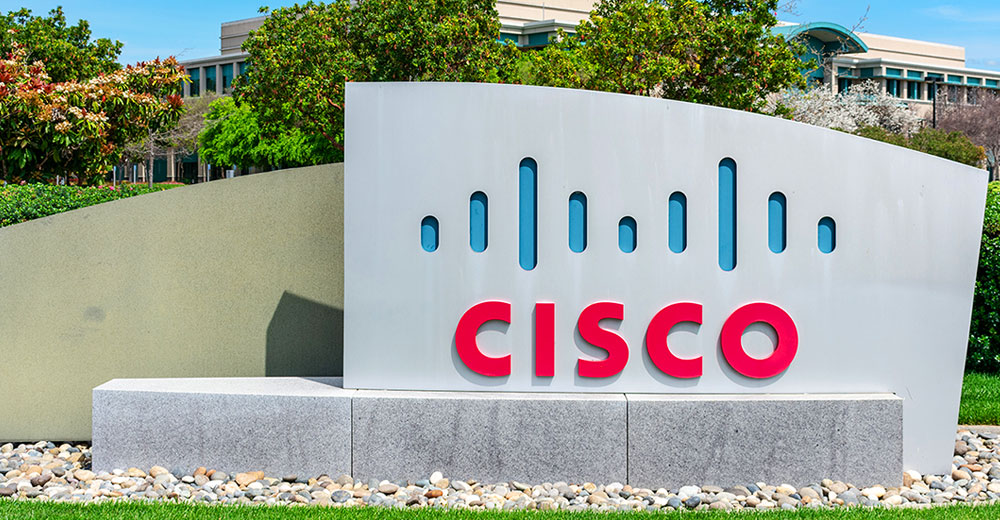AMD has made significant strides in AI. Last week, it announced that its first 1-billion parameter large language models are performing exceptionally well. Under the leadership of CEO Lisa Su and with the help of CTO and Executive VP Mark Papermaster, AMD has done an admirable job of fast pivoting after Nvidia and OpenAI’s initial surprise success to create a credible generative AI solution.
What makes this incredible is that it took Nvidia around 20 years to get where it is — and although Nvidia clearly plowed the AI field, AMD is planting AI seeds like crazy. While this might be considered a risk to Nvidia’s growth, demand for AI solutions remains high and largely unmet. In a rapidly expanding market, all major players can benefit, and both AMD and Nvidia are well-positioned to succeed.
In addition, the U.S. is pushing for AMD and Intel to merge, which could remove a lot of the marketing inefficiencies in the x86 space and allow both firms to better compete in the growing battle for AI dominance, in which China represents the most significant competitive threat.
Let’s talk about AMD’s AI progress and its potential merger with Intel. We’ll close with my Product of the Week: Google Gemini Advanced, which has proven incredibly helpful in creating images to accompany my writing.
AMD and AI
Nvidia caught the tech market with its pants down when it became clear that it was the technology behind OpenAI’s ChatGPT platform that was, in turn, the foundation for Microsoft Copilot. While Microsoft did a relatively poor job launching Copilot+, Copilot has been immensely successful, particularly with developers. Given that Nvidia took around two decades to build its incredible AI platform, it seemed unlikely that anyone would be able to compete with it for a few years.
Well, AMD clearly didn’t get that memo. To catch up with Nvidia, AMD bought a company called Silo AI, known for its extensive pool of AI experts, rivaling even IBM. Silo AI was already amassing a number of successful AI projects in a market currently more defined by unsuccessful projects.
AMD’s methodical approach to AI has been refreshing in a market where many players seem to be selling “solutions” that fall short. Sadly, this is the nature of a new tech market darling. People are so desperate to get it they aren’t looking under the covers hard enough. The result is an unusually high failure rate.
However, both AMD and Nvidia are providing well-curated solutions. Nvidia built its capabilities largely organically, while AMD has done it faster through acquisition (given Nvidia was a first mover, this option wasn’t available to it in time).
Much like AMD has always been a strong competitor to Intel and is an even stronger one today, it has also become an impressively strong peer to Nvidia as both companies move aggressively on this massive AI growth opportunity.
AMD and Intel May Merge
Currently, AMD is also outselling Intel in the data center space, which most of us thought was impossible. This shift showcases the difficulty Intel CEO Pat Gelsinger faces as he tries to turn around the company, partly by navigating the Chips Act to build a massive U.S. microprocessor manufacturing capability, a strategic imperative for both Intel and the U.S. Government.
Intel is one of the “too big to fail” companies from a national security perspective, so the U.S. government is pushing for an AMD/Intel merger where AMD would manage the combined companies while manufacturing would spin out as a separate entity.
Gelsinger would likely run the manufacturing spin-out, giving Lisa Su the resources to better compete with the threat represented by China, especially Huawei, a company that has overcome U.S. sanctions to challenge Apple, among others. Huawei is considered one of the AI challengers to Nvidia and, by extension, AMD and Intel.
This combination would significantly improve both x86’s prospects by eliminating unneeded competition between AMD and Intel — both of which are facing challenges from Arm, China, and Huawei — and allow greater focus on the strategic U.S. effort to build up domestic processor manufacturing.
Wrapping Up
There is a lot of change going on in the tech space. Companies are flocking to AI solutions like nothing I’ve ever seen. The AI ramp-up and competitive dangers are pronounced. The U.S., while currently in the lead, is being approached rapidly by China, which is executing well with better government support than the U.S. has been able to create yet.
AMD has stepped up to this competition behind Nvidia and is performing impressively well — and not just with AI. Its primary processor business is doing so well that it’s being asked to buy and merge with Intel’s development side and spin out manufacturing so it can advance more quickly with greater focus.
While we often hold up Nvidia as the gold standard for AI computing, AMD is moving up fast as an alternative, and the market needs alternatives. It’s growing too fast for one or even two primary vendors. Lisa Su’s team continues to do impressive work, and I can only imagine the success they will likely enjoy in 2025.
Google Gemini Advanced

I use several AI products at the moment, one of which is Google Gemini. There are two forms of Gemini: The base form is free, and Gemini Advanced costs around $20 monthly.
While I initially struggled a bit learning how to state prompts to create images I wanted properly, both Gemini Advanced and I have improved over time. It now only takes me one or two iterations to create an image to complement my writing.
I’ve found Gemini Advanced to be incredibly fun to mess around with. For instance, I created the image shown here with the prompt, “generate an image of a beautiful anime girl in a flying car fighting a horrific monster in space.”
The thing about AI tools is that they need to be fun and rewarding to use because there is a bit of a learning curve in how you phrase prompts — and each tool requires slightly different phrasing. Gemini Advanced is clearly a kid-friendly, G-rated tool, so it’s a bit safer than some of the others that don’t have guardrails.
I’m having great fun with Google Gemini Advanced, so it’s my Product of the Week. You should check out the free version.
Read the full article here
















